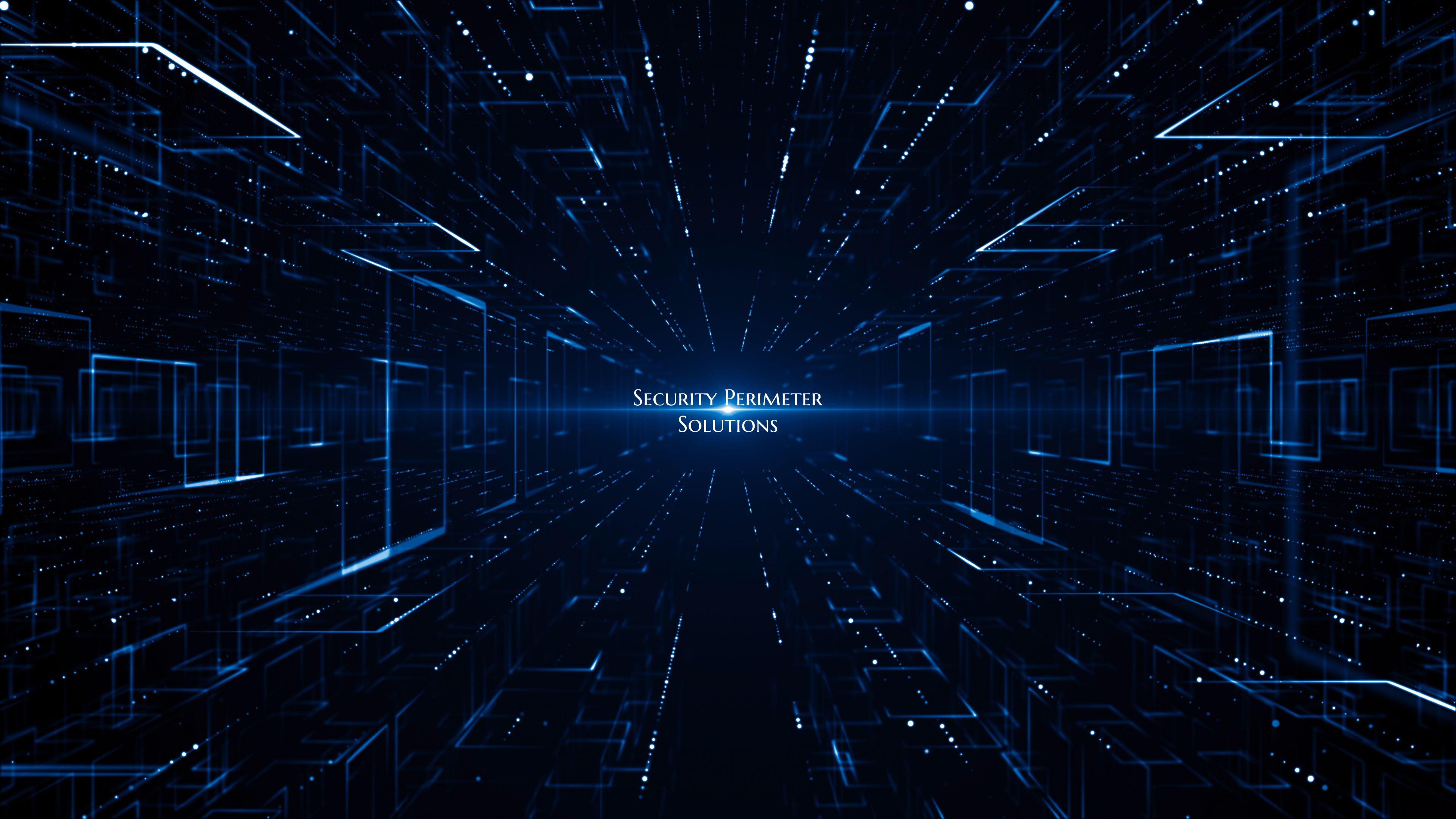Security Perimeter Solutions
In today's rapidly evolving digital landscape, protecting sensitive information and assets is crucial for organizations of all sizes. One essential aspect of ensuring robust security measures is establishing a strong perimeter defense. By implementing effective security perimeter solutions, businesses can safeguard their networks, systems, and data from unauthorized access, cyber threats, and breaches.
Security perimeter solutions encompass a range of tools, technologies, and strategies designed to create a secure boundary around an organization's IT infrastructure. These solutions are essential for controlling access, detecting and thwarting suspicious activities, and maintaining the integrity of the network. Here are some key elements that contribute to a comprehensive security perimeter framework:
1. Firewall Protection: Firewalls are the first line of defense in a security perimeter. They monitor and control incoming and outgoing network traffic based on predetermined security rules. By blocking unauthorized access and filtering out potentially malicious content, firewalls help prevent intrusions and attacks.
2. Intrusion Detection and Prevention Systems (IDPS): IDPS are crucial for identifying and responding to security threats in real-time. These systems monitor network and system activities, analyze patterns, and raise alarms if any unusual behavior is detected. By proactively detecting and blocking malicious activities, IDPS play a vital role in strengthening the security perimeter.
3. Virtual Private Networks (VPNs): VPNs establish secure and encrypted connections for remote access to corporate networks. By encrypting data transmission over public networks, VPNs ensure confidentiality and integrity, making them a valuable component of security perimeter solutions, especially for remote workforces.
4. Access Control Mechanisms: Implementing strict access control policies and mechanisms is essential for limiting privileges and permissions within the network. Role-based access control, multi-factor authentication, and strong password policies are effective measures for ensuring that only authorized users can access sensitive information.
5. Security Monitoring and Logging: Continuous monitoring of network traffic, system activities, and security events is a critical aspect of maintaining a secure perimeter. Security information and event management (SIEM) solutions help organizations centralize logs, analyze data, and generate alerts for suspicious activities, enabling timely responses to potential threats.
In conclusion, establishing robust security perimeter solutions is essential for protecting organizations against cyber threats and safeguarding sensitive data. By implementing a combination of firewalls, IDPS, VPNs, access control mechanisms, and monitoring tools, businesses can create a comprehensive defense mechanism that fortifies their IT infrastructure and mitigates security risks. Prioritizing security perimeter solutions is a proactive approach that can help organizations build resilience against evolving cyber threats in today's digital environment.

